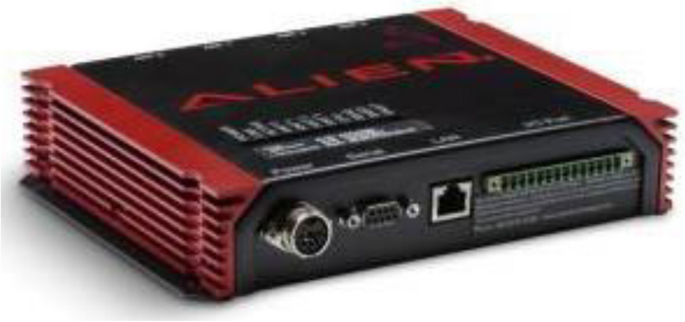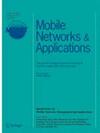射频识别技术和激光遥测技术在空间定位产品的研究
IF 2
4区 计算机科学
Q2 COMPUTER SCIENCE, HARDWARE & ARCHITECTURE
引用次数: 0
摘要
工业4.0的概念是在新解决方案和先进技术以及人工智能方面的革命阶段。微观和宏观经济因素产生了改变企业物流和生产过程的需要。其中一个变化是仓库管理的组织。本文的目的是指出在空间中物体的位置以及该位置的可视化中使用RFID技术与激光遥测技术相结合的可能性。此外,该研究旨在将无源射频识别技术与激光扫描技术相结合,以产生一个能够在基于计算机辅助设计(CAD)的虚拟三维(3D)环境中识别和定位物体的系统。所描述的案例研究是作为实施项目的一部分进行的研究的结果。本文描述了要采取的步骤和创建一个系统,该系统将使用RFID技术,并将使识别计算机系统空间中的物体成为可能。为此,有可能创建一个系统,该系统将使用RFID和激光遥测技术在3D空间中识别物体。本文章由计算机程序翻译,如有差异,请以英文原文为准。

The Study of RFID Technology and Laser Telemetry to Locate Products in Space
Abstract The idea of Industry 4.0 is a stage of revolution in terms of new solutions and advanced technology, as well as artificial intelligence. Micro and macroeconomic factors generate the need to modify logistics and production processes in enterprises. One of the changes is the organization of warehouse management. The aim of the article is to indicate the possibility of using RFID technology in conjunction with Laser Telemetry in the location of objects in space along with the visualization of this location. In addition, the study aims to merge passive RFID technology with laser scanning to produce a system that can identify and locate objects in a virtual Computer-Aided Design (CAD)—based 3Dimensional (3D) environment. The described case study is the result of research conducted as part of the implementation project. This paper describes the steps to be taken and the creation of a system that will use RFID technology and that will enable the identification of objects in the space of computer systems. For this purpose, it was possible to create a system that will identify objects using RFID and Laser Telemetry in 3D space.
求助全文
通过发布文献求助,成功后即可免费获取论文全文。
去求助
来源期刊

Mobile Networks & Applications
工程技术-电信学
CiteScore
9.50
自引率
5.30%
发文量
198
审稿时长
6-12 weeks
期刊介绍:
Mobile Networks and Applications'' technical scope covers mobility solutions that provide communication technologies and mobile services, which enables users to access resources and share information freely, anytime anywhere. The emerging symbiosis of wireless communication, the ever more powerful mobile devices, with the back-end resources of the cloud, making the user fully location independent.
The journal addresses the convergence of mobility, computing and information organization, services and management. In approving Special Issues, the Journal places an equal emphasis on the various areas of nomadic computing, data management, related software and hardware technologies, and mobile user services, alongside more `classical'' topics in wireless and mobile networking. The journal documents practical and theoretical results which make a fundamental contribution.
 求助内容:
求助内容: 应助结果提醒方式:
应助结果提醒方式:


